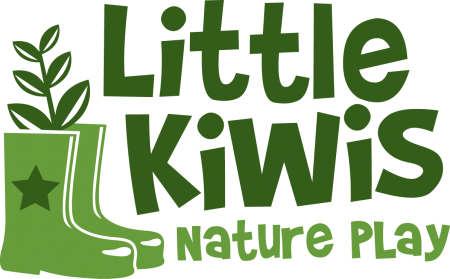I often hear the words ‘yes, but…’ when running workshops for educators about setting up regular nature excursions or a nature programme in their school.
While I can definitely see the challenges and I get to hear first-hand from many teachers around NZ about the challenges and problems, they are just that. Problems. Ready to be solved.
Not everyone sees it that way. Sometimes the barriers feel so overwhelming and too big to conquer.
So where do we start when we are faced with challenges in taking our tamariki outdoors and into nature? Or it’s all feeling a bit overwhelming or scary.
We start at the beginning. With our thoughts.
THOUGHTS
Our thoughts are guided by our knowledge and our experiences. So when we are talking about nature education if we don’t have much knowledge or many experiences in nature ourselves, that is going to contribute to how we see the challenges.
To gain knowledge, we need to know and understand the benefits of children spending regular time playing in nature. Check out our 5 pages of research here.
To gain experience, we need to spend time in nature ourselves. Go out in all weather, regularly and engage with our senses in our local spaces. Watch, observe, get curious and wonder about what you see, feel, hear and smell.
If we ourselves don’t spend time in nature how can we expect our children too. Even if we know the benefits but we don’t want to get cold or wet, we are subconsciously sending these messages to our children.
We need to challenge our mindset and change our internal dialogue. An example is from ‘I don’t like being cold’ to ‘I am dressed up nice and warm with lots of layers so I can enjoy my time out in nature’.
Even if you don’t believe it, say it to yourself. You would be amazed at how we can trick our minds to change our thought patterns.
Perhaps you are on the other side where you do have lots of experiences in nature and you understand the benefits but there are still questions coming up for you. It might be around the risks, what if a child gets lost or injured.
These are all very common concerns with teachers all over New Zealand. You are not alone!
RISK
Lets consider our risk profile. This is how we see risk in any given situation. We can either be more risk adverse or more of a risk taker.
It’s a continuum and we slide along it depending on the situation. There is no right or wrong as it’s based on our own experiences and knowledge that we have gathered in our lives.
But it can impact the decisions we make. If the challenges we see are to do with our own fears and we are more risk adverse, this will influence the decisions we make.
So we need to be able to step back and look at the challenges from a balanced perspective.
One way we can do this is with a risk benefit assessment. We identify all the benefits of going outdoors and playing in nature. Identify any significant risks and then weight them both up.
Do the risks outweigh the benefits or the benefits outweigh the risks. If the benefits outweigh the risks, we then have a starting point to move forward with our plan.
Something else that can really help with mindset relates to a common fear. That a child might get hurt. So let’s examine that for a moment.
LEARNING INJURIES
There is a difference between learning injuries and life altering injuries. Learning injuries are cuts, bumps, bruises and even the odd broken bone. Life altering injuries are things like falls from a great height, head injury, strangulation or drowning.
Our role is to protect the children we work with from significant harm. The big stuff.
Our role is not to protect our children from learning injuries. If we do that then we are causing a different kind of harm. We are harming their development and down the line their mental health.
A learning injury means that a child is stepping outside their comfort zone, trying something new, pushing themselves and learning. The are learning what they are capable of, what their limits are, how they feel when things are a bit challenging, how to problem solve and how to overcome things.
These experiences develop resilience. The ability to cope when things get tough.
The more situations they get to encounter that are a little challenging, the more likely they will cope when faced with challenging situations later on in thier lives.
If they get a learning injury then that’s ok. It is normal and actually, we should expect it.
There you have it. 3 ideas to consider when thinking about Nature Education and how our mindset can impact what we do. This isn’t about an overnight cure but it will go part way to helping make more informed decisisons when taking children outdoors and into nature.
If you are reading this and thinking this is great but I need more help, then check out our online course called Play in the Outdoor Classroom.

